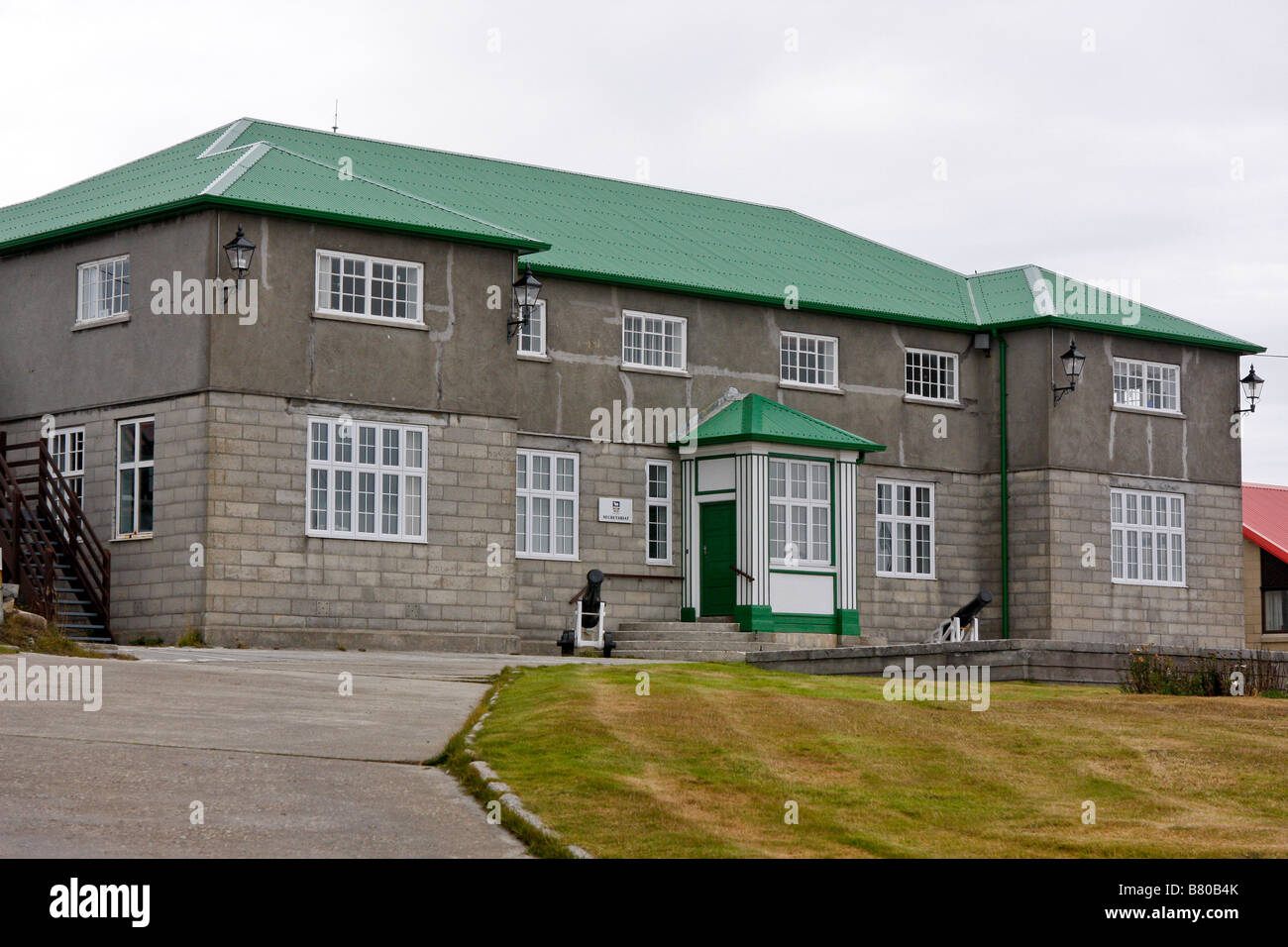The Falkland Islands had no indigenous population prior to their settlement by our ancestors– the Islands were entirely unoccupied. First claimed by Britain in 1765, the British, French and Spanish periodically had garrisons in the Islands until 1811, when all the garrisons were withdrawn. Subsequently, British and American ships frequently visited the islands.

The Falkland Society arose out of the realisation that the village was one of the few historic villages and small towns that had kept much of its architectural and historic integrity. This project seeks to help create a larger audience for the Society’s photograph archive which was being depleted even during the exercise. Caribbean Alliance Insurance Company agent, provides a range of insurance services, including motor, buildings, public liability and contract risk for buildings under construction. Lloyd's Agents for the Falkland Islands dealing with cargo surveys and other reporting. Building and Electrical.
On 6th October 1832, an Argentine military garrison landed in an attempt to establish Argentine sovereignty over the Falkland Islands, disregarding the British claim of 67 years prior. Less than 3 months later, on 2nd January 1833, the Royal Navy evicted the Argentine military garrison with no loss of life. The civilian population in the Islands, who had sought permission from Britain to live there, were invited to stay. All but two of them, with their partners, did so. A year later, a small, permanent British administration was established. With an increasing population, in 1845 Stanley was founded, and remains our Capital to this day.
- East Falkland Government Buildings: See reviews and photos of government buildings in East Falkland, Falkland Islands on Tripadvisor.
- Possibly the oldest surviving wooden building in the southern part of South America. Christ Church Cathedral, Stanley – East Falkland, Stanley. The southernmost Anglican cathedral, built in 1892 in the site of an earlier church. Next to it stands an interesting monument – Whalebone Arch, made from jaws of two blue whales in 1933.
We enjoyed a peaceful existence until 1st April 1982, when an Argentine military force invaded our home. For 74 days we lived under foreign occupation, until our liberation by British forces on 14th June 1982. Nearly 1000 Falkland Islands, British and Argentine lives were lost as a result of this act of aggression.
Since 1982, our lives have been transformed following the establishment of commercial fisheries. Financially self-sufficient and almost entirely self-governing, we determine our own future and way of life.
Our community today has been formed through voluntary immigration and settlement over the course of nearly two hundred years. We are a diverse society, with people from over 60 nations having made the Islands their home. At out heart are those Falkland Islanders whose families have been in the Islands for nine generations.
You can also download booklets explaining more about our history and way of life in English; Our Islands Our History, Spanish; Nuestra Islas Nuestra Historia or Portuguese; NossasIlhas Nossa Historia.
Historic Buildings Falkland Fife
For years Falkland Islanders have travelled to United Nations to share the wishes of our people and to correct inaccuracies and misrepresentations about our home. Our booklet, Falklands Facts & Fictions – ’50 Years of Argentine Falsehoods’ addresses some of these inaccuracies. It is available to download here in English;Falkland Islands, Facts & Fictions – ’50 Years of Argentine Falsehoods at the United Nations’, Spanish; Islas Falkland, Hechos y Ficcións – ’50 años de falsedades argentinas en las Naciones Unidas’, and Portuguese;Ilhas Falkland, Fatos e Ficções – ’50 anos de inverdades argentinas nas Nações Unidas’ .
Falkland Houses For Sale
For a comprehensive timeline of events in the Falkland Islands and in South Georgia, you may wish to read Main Events in the History of the Falkland Islands and South Georgiacompiled by David Tatham. The timeline is also available in Spanish here: Principales Eventos en la Historia de las Islas Falkland y Georgia del Sur
